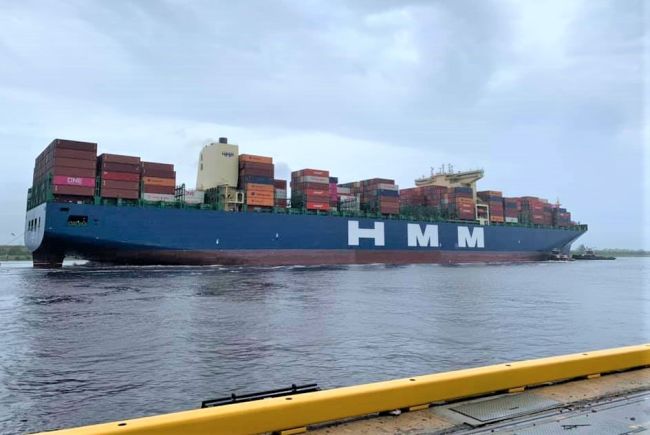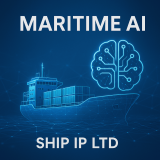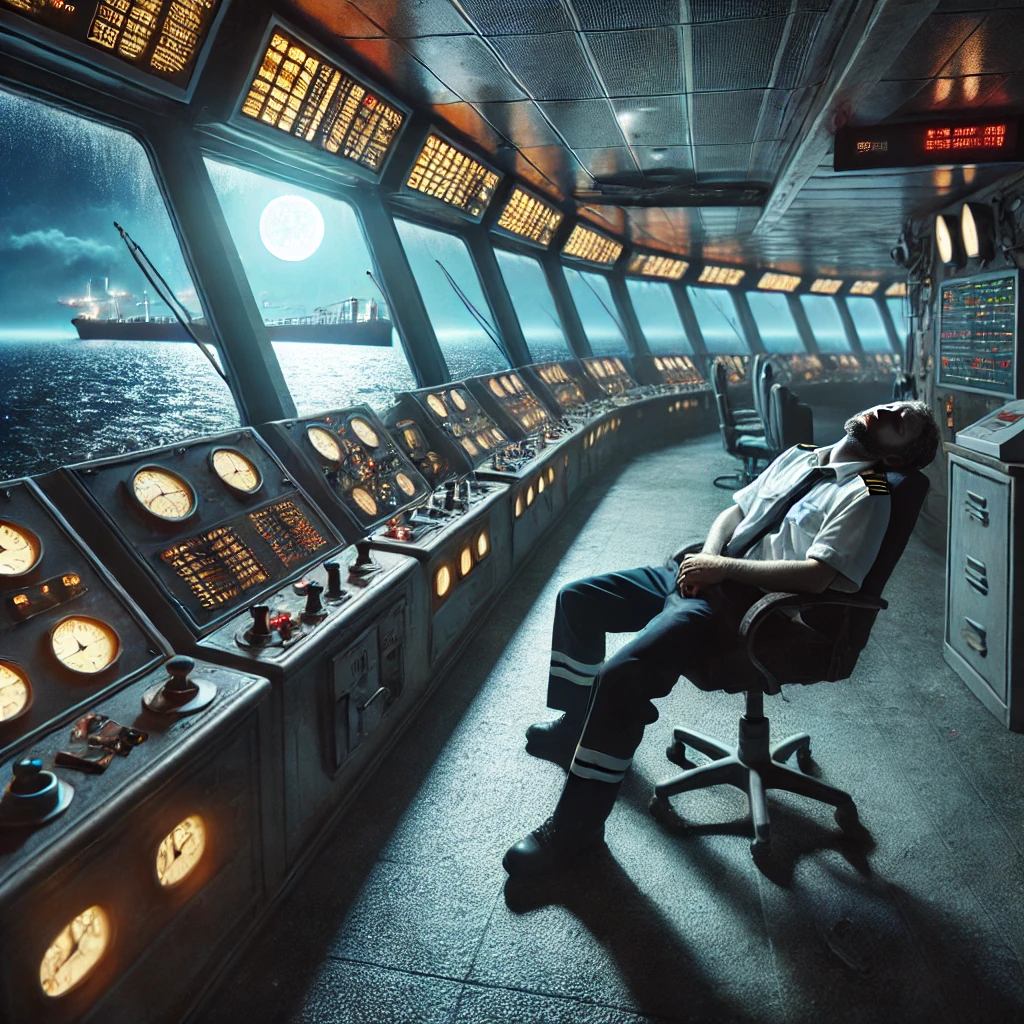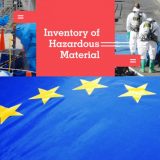ABB partners with Vigor to pave the way for Washington State Ferries’ shift towards zero-emission fleet
The new ‘Olympic Class’ ferries, which will have the capacity to carry 144 cars and 1,500 passengers each, herald a new era for the Washington State transport operator in the shift toward technologies that enable significant reductions in greenhouse gas emissions and fuel use.
Upon delivery in 2024, the initial vessel of the series will be the first newbuild in Washington State Ferry’s fleet to feature hybrid-electric propulsion and a high capacity energy storage system. The new vessels will be able to fully operate on battery power and will have the capability to revert to hybrid mode, if required.
“This landmark project supports Washington State’s goal for 2050 to reduce emissions by 57.5 percent below the emissions level in 2019, utilizing a hybrid and electric propulsion solution that is space-efficient, easy to install and flexible in operation,” said Jay Hebert, Vice President – Marine Fabrication, Vigor. “Vigor is delighted to partner with ABB in this remarkable work prompted by the commitment of Washington Governor Jay Inslee, the state legislature and Washington State Ferries to replace aging ferries with clean technology in alignment with the state’s commitment to environmental stewardship.”
Leveraging ABB’s Onboard DC Grid™ power distribution system and proven drive technology, the new ferry design will optimize energy use, whether drawing on main engine power, battery power or a combination of the two. The battery power can also extend zero-emissions capability along the supply chain by using renewables and hydroelectric power.
“Moving towards a zero-emission future relies on technologies that meet the environmental and cost needs of today – and offer flexibility to integrate future energy sources in the years ahead,” said Juha Koskela, Managing Director, ABB Marine & Ports. “ABB is delighted to support this milestone project demonstrating the way that electric, digital and connected solutions can deliver shipping’s zero-emission future.”
Washington State Ferries is the largest ferry system in the U.S. By 2040, the Washington Ferry System plan is to replace 13 existing diesel ferries with hybrid-electric newbuilds and to convert six other ferries to plug-in hybrid, with recharging capacity installed at many ferry terminals. All hybrid vessels will be capable of charging at the terminal, and some of the vessels will be capable of operating in fully electric mode on shorter routes. With the addition of newer-built, clean energy ferries to the fleet, fuel consumption is projected at 9.5 million gallons in 2040, compared to 19 million gallons in 2018, with CO2 emissions expected to fall below 2050 reduction targets by 2034.
Figures from trade association Interferry indicate that ferries transport 2.1 billion passengers and 250 million vehicles worldwide every year. As numbers increase, the sector is under pressure to meet International Maritime Organization’s (IMO) targets to reduce annual emissions by 30 percent by 2025.






